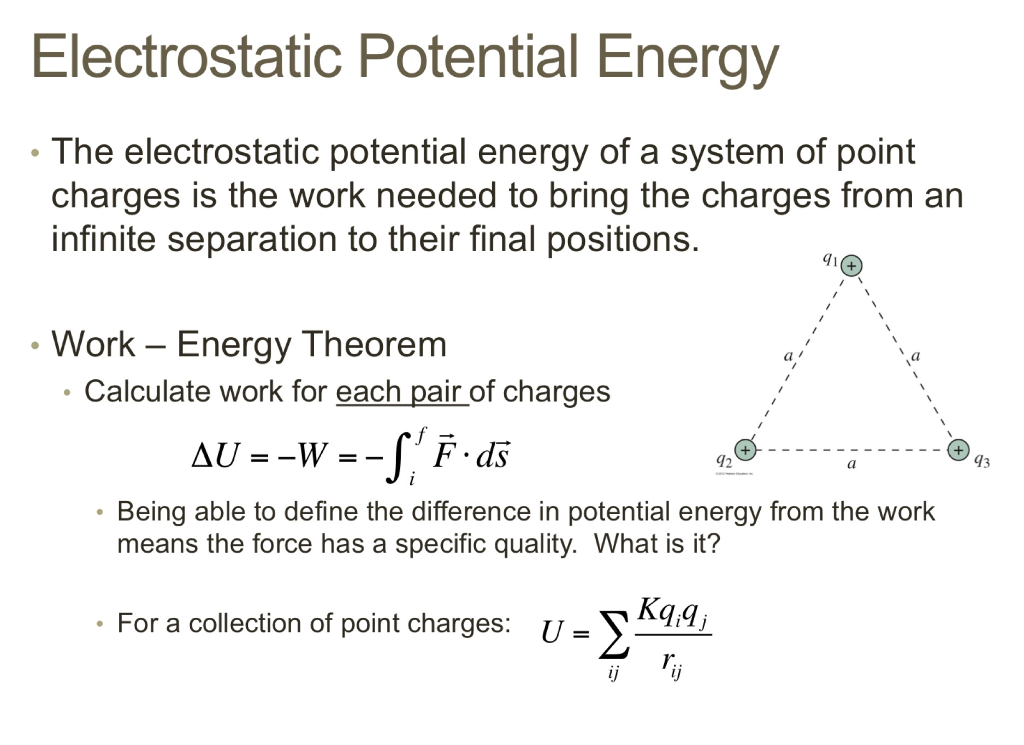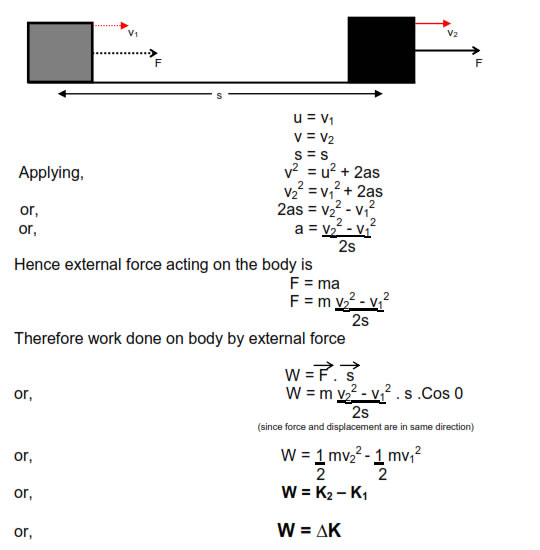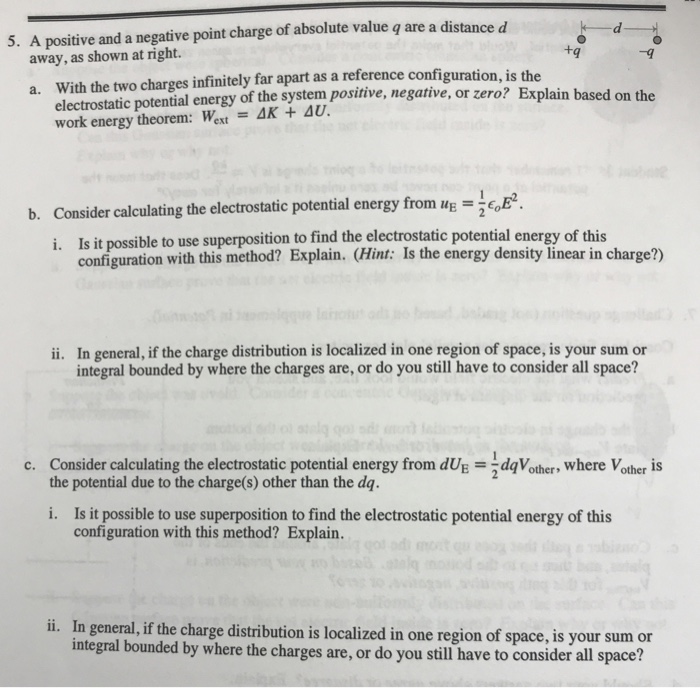In more general systems than the particle system mentioned here work can change the potential energy of a mechanical device the heat energy in a thermal system or the electrical energy in an electrical.
Work energy theorem in electrostatics.
It states that the work done by all external forces is converted into a change of kinetic energy.
Not that place you go to earn money.
The work energy theorem can be derived from newton s second law.
W δke ke ke.
The formula to find the work done by a particular force on an object is w equals f d cosine theta.
W g w n w f k f k i.
Physical sciences grade 12.
W refers to the work done by the force f.
Electricity magnetism electrostatics.
The video introduces the work energy theorem provides the definition of the work energy theorem and provides the work energy theorem formula.
Not like in the groovy sense.
For example when a ball is held above the ground and then dropped the work done on the ball as it falls is equal to the weight of the ball a force multiplied by the distance to the ground a displacement.
Work is the product of force and displacement in physics a force is said to do work if when acting there is a movement of the point of application in the direction of the force.
The amount of energy transferred by a force is called the work done by that force.
In order to transfer energy to an object you ve got to exert a force on that object.
In this live gr 12 physical sciences show we take a look at the work energy theorem.
For example consider the following figure according to work energy theorem work done by all the forces change in kinetic energy.
Thus the work energy theorem states that.
Where w g work done by gravity.
Also here the work done is the work done by all forces acting on the body like gravity friction external force etc.
Electricity magnetism electromagnetism.
In this lesson we revise different types of energy we define work as well as discuss the relationship between work and energy.
W n work done by a normal.
Electricity magnetism electric circuits.
Where w is the work done by object measured using joules.
V f is the final velocity of an object measured using m s.
It turns out that kinetic energy and the amount of work done in the system are strictly correlated and their relation can be described by the work energy theorem.
M is the mass of the object measured using kilograms.
V i is the initial velocity of an object measured using m s.












































